Booth S11215
Tips and tricks to prevent as much cracking as possible on your decorative concrete projects
Posted 10/7/2025
Concrete is known for its strength, durability, and versatility, but you also know that cracking is a common issue. In fact, cracks are the number one complaint contractors like you receive from clients. There’s nothing worse than completing a beautiful new decorative concrete patio, driveway or sidewalk, only to get a callback about cracking a few months later.
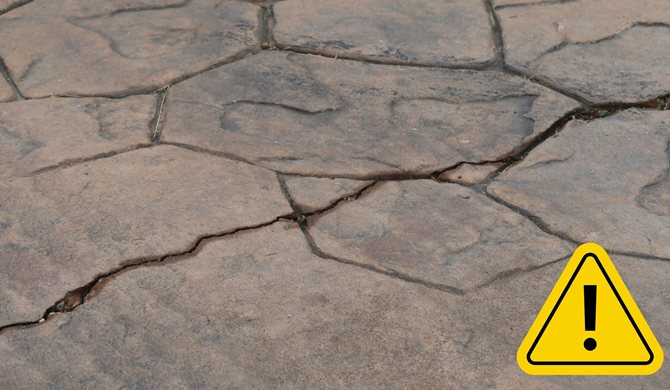
Although you can’t stop every crack, you can minimize or even stop most cracking. By following industry best practices such as using control joints, ensuring the right mix design, and allowing for adequate curing, you can minimize cracking and deliver work that looks good and performs well.
So why does concrete crack in the first place? Common reasons include:
Being aware of these will help you reduce cracking and deliver durable, long-lasting decorative concrete.
The quality of a concrete slab begins with what’s underneath. A well-prepared subgrade can make or break your job, so it’s worth doing right.
Here are the basics you need to know:
Get these details right and you’ll reduce a lot of cracking problems. A good subgrade sets you up for success on the rest of the job.
💡 Did You Know? Cracks can happen where new concrete meets old. As Johnny D'Introno, Trainer at Solomon Colors, reminds contractors: "Don't forget expansion joints when pouring up against existing concrete. They help handle the movement between new and old slabs."
Durable decorative concrete starts with a well-designed mix. Getting your water-to-cement ratio right is key. Too much water weakens the slab and increases the risk of shrinkage cracking.
One of the most common mistakes on site is adding extra water to improve workability. While it may make placement easier in the moment, it compromises strength and long-term performance, creating problems down the road.
Adding fibers to the concrete mix is one of the most effective ways you can reduce early-age cracking. Fibers help control plastic shrinkage and settlement cracks by distributing stress more evenly throughout your slab as it cures.
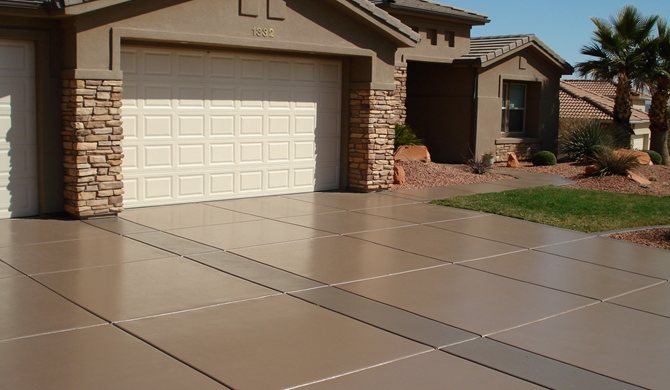
For decorative concrete, choosing the right type of fiber matters. Low-quality fiber will show up on the surface, creating a fuzzy appearance that ruins the look you're going for.
We developed UltraFiber 500 specifically to solve this problem. It reduces plastic shrinkage cracking without ghosting through to the surface. You can't say that about most fibers on the market. Plus, you get better hydration and bonding, improved freeze-thaw resistance, and increased impact and abrasion resistance.
Proper placement and finishing are critical to preventing cracks and surface defects. Overworking the concrete or sealing in bleed water can lock in weaknesses that compromise long-term durability.
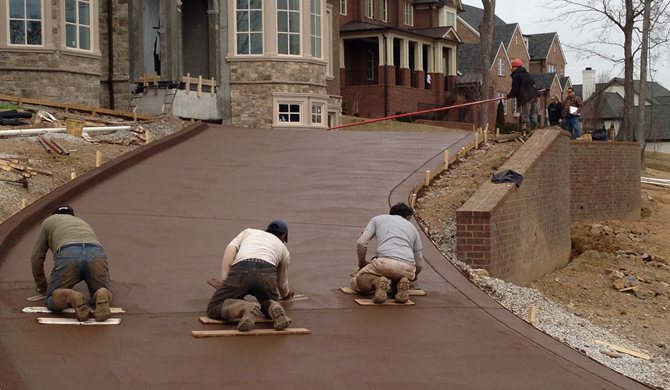
Make sure you’ve got enough crew on hand to finish in time—and consider using DAY1 to extend finishing time and reduce surface drying.
DAY1 lubricates the surface for easier, faster finishing, slows the surface drying, and eliminates the need for adding water during the concrete finishing process. It's ideal for any and all concrete applications."
— John Reynolds, Technical Expert at Solomon Colors
With the right crew and products, you’ll achieve a stronger, more uniform finish that lasts.
Control joints are the best way to prevent unwanted cracking in decorative concrete. By creating planned break points, you give the slab designated places to crack. You want cracks to run along the joints rather than through the middle of your concrete. Properly placed joints help manage stress in the slab and keep the finish looking clean and crack-free.
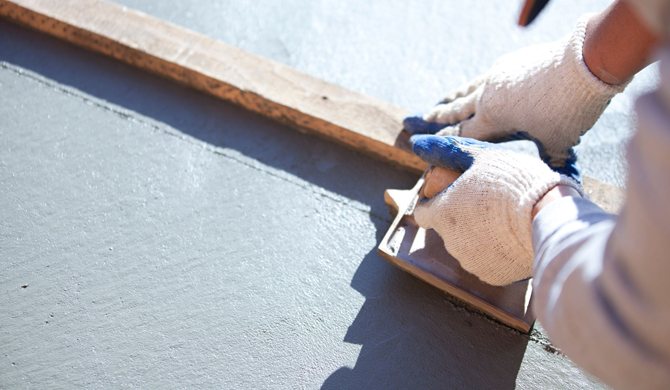
Follow these rules:
"In extreme heat, the concrete may start cracking if you wait until the next day to saw cut the joints. Instead, consider tooling in joints when the concrete is still wet, especially in areas prone to cracking like outside corners."
— Johnny D'Introno, Product Specialist at Solomon Colors
Weather plays a big role in how concrete cures and, ultimately, how it resists cracking.
Deal with these risks by protecting your slab during placement and early curing. For hot weather, use shade, windbreaks, or curing compounds. For cold conditions, use non-chloride accelerators or curing blankets (though blankets aren't ideal for colored concrete).
For very hot, dry, or windy conditions, finishing aids like DAY1 are useful for slowing surface drying and extending working time.
“I use DAY1 on every project. It does everything you want a product to do, hot or cold.”
— James Terrell of Terrell Construction Services, LLC
See Brickform's article on finishing concrete in challenging weather.
Proper curing is crucial for preventing shrinkage cracks and long-term durability. If moisture evaporates too quickly, the surface of the slab weakens and cracks more easily. Your best curing options include applying a cure and seal or using an evaporation retarder to keep the surface hydrated.
Don't rush the process. Make sure clients know to stay off their new concrete for at least 24-48 hours for foot traffic and 7 days before driving on it. Taking the time to cure correctly pays off with stronger, longer-lasting results.
Follow these recommendations and you’ll significantly reduce the risk of cracking. That means fewer callbacks and less extra work. Your decorative concrete will stay strong, durable, and look great for the long haul.
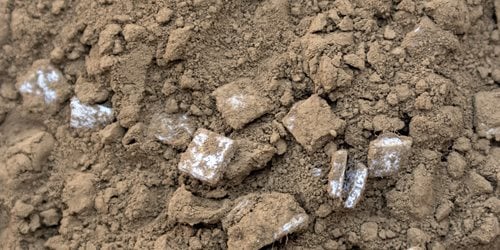
Learn why fiber reinforced concrete is ideal for decorative work.
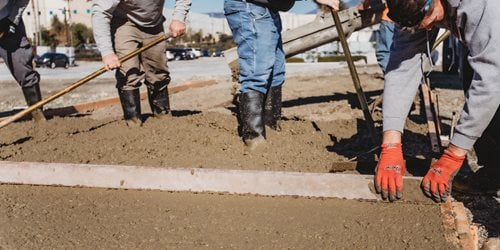
Get tips straight from our team and experienced contractors who know what works—and what doesn’t.
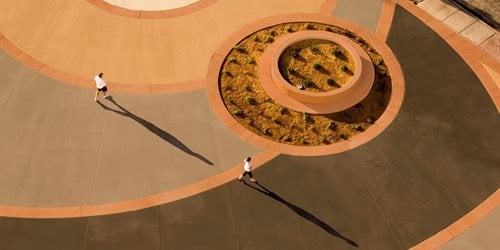
Everything you need to know about adding color to concrete—from selection to installation and maintenance.
Explore impressive concrete installations to find inspiration for your next project.
Find out how much color and fiber you'll need for any size project.